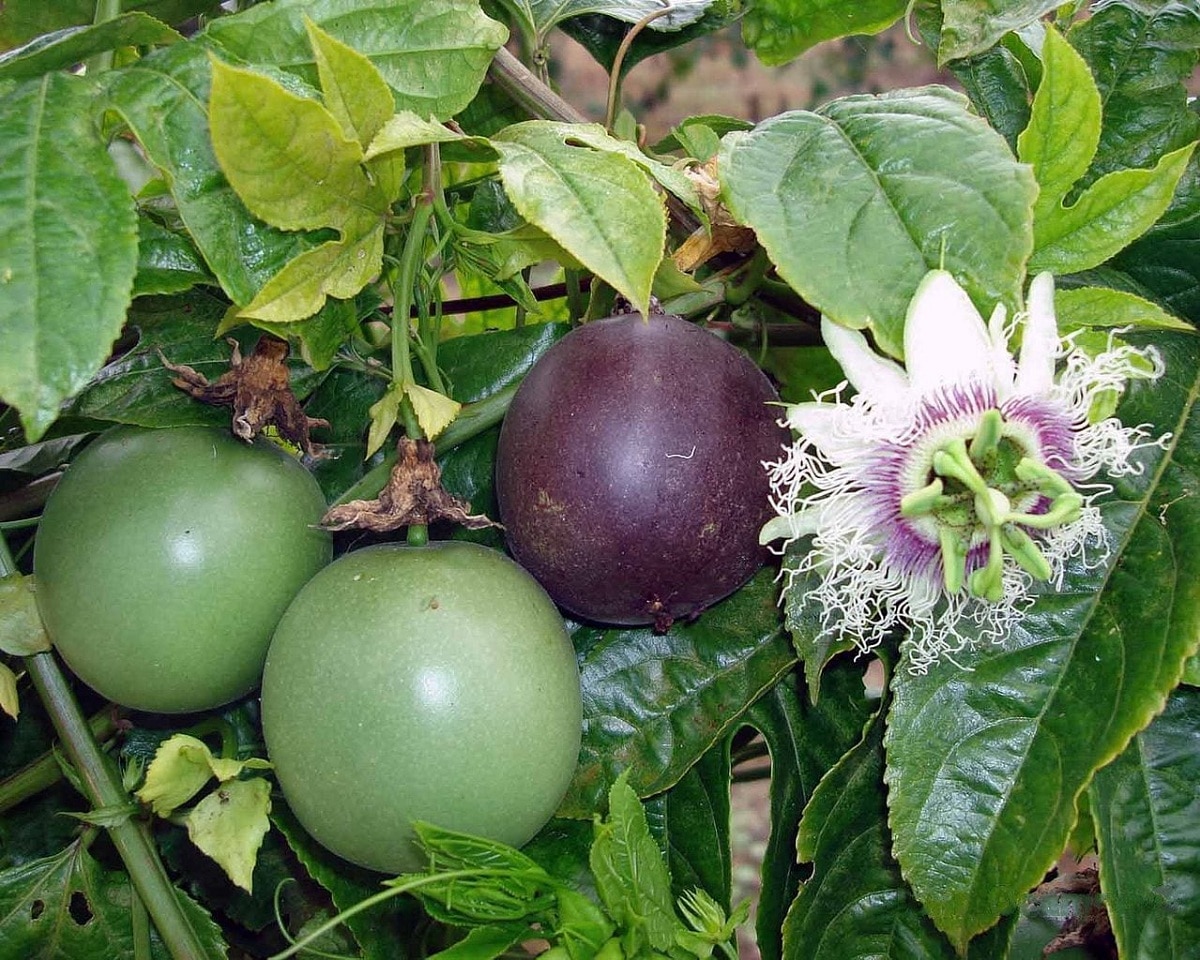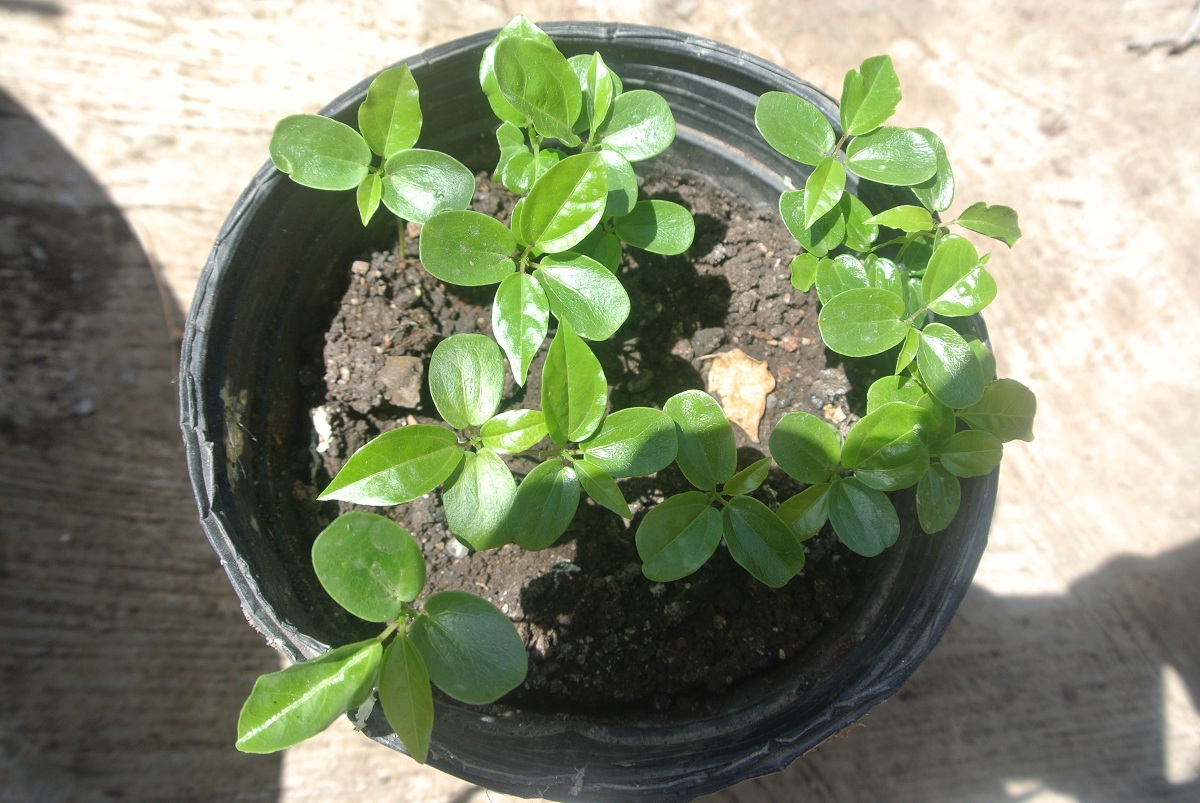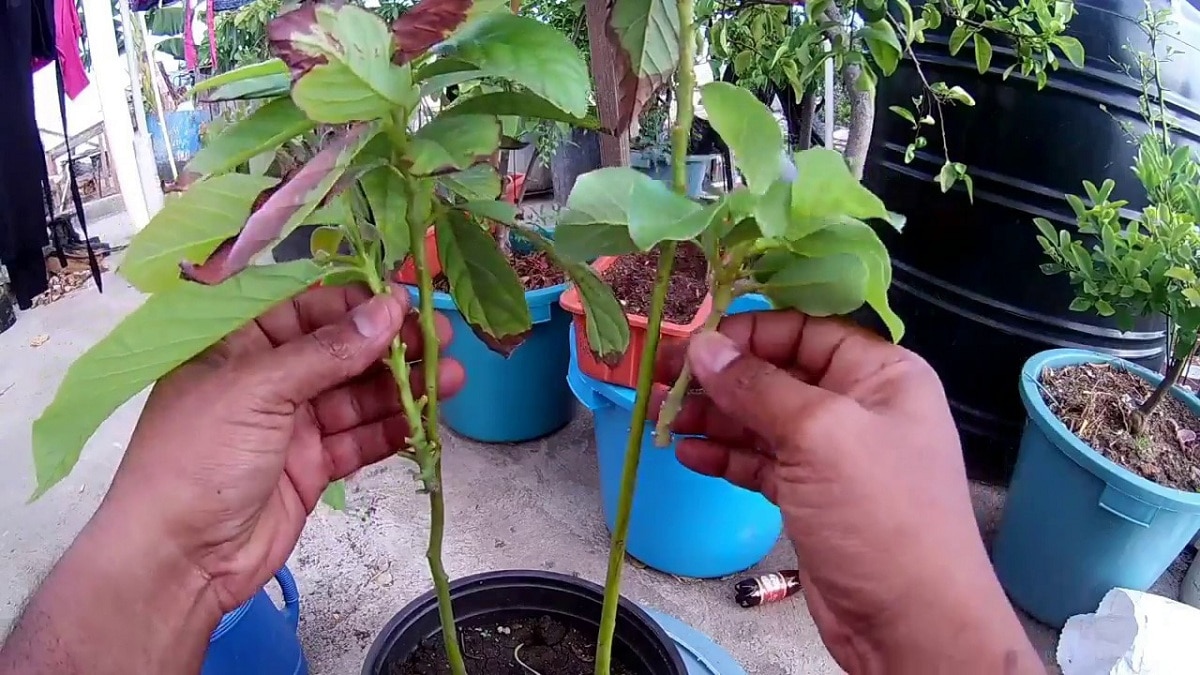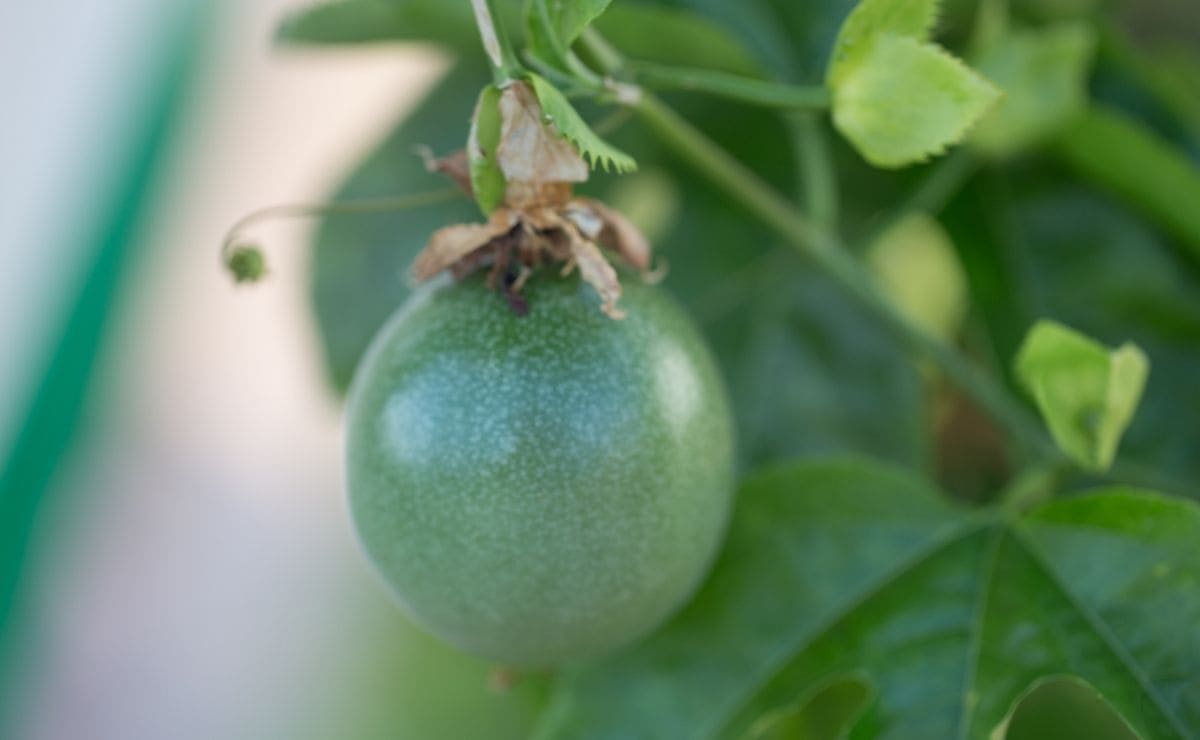
Passion fruit, also known as passion fruit, passiflora edulis or granadilla, is a tropical plant whose oval-shaped fruit has many nutritional and medicinal properties. Both its seeds and its pulp can be used, generally in juices or desserts. Its consumption endows us with high amounts of vitamins A and C. Many people wonder how to care for the passion fruit plant in a pot so that they can have it in their garden.
Therefore, we are going to dedicate this article to tell you everything you need to know about how to care for potted passion fruit plant and what requirements do you have?
How to grow passion fruit plant in a pot

It is a highly decorative vine that can be up to 9 meters long, and thanks to its many tendrils, it can entangle itself in any stake or trellis, filling it after a few months. It is a very attractive plant for its large bright green leaves, picturesque exotic flowers and colorful fruits. Use fresh seeds. Freshly harvested passion fruit seeds germinate quickly.
- Buy ripe passion fruit at the supermarket a few days before planting. Open it and collect at least six seeds.
- Spread the seeds on burlap and rub until the juice sacs burst.
- Wash the seeds in water, let them dry for 3-4 days, then wash again and dry in the shade.
- If you sow immediately, they should sprout within 10 to 20 days.
- Prepare a container as a breeding box. Ideally, you should plant your passion fruit vines in a separate, protected pot.
- Fill the container with a soil mix made from equal parts compost, topsoil, and coarse sand. Fill a container with 4 inches (10 cm) of this mixture.
- Use a stick to scrape the soil into the container that will be used as the nursery, spacing the resulting furrows 5 inches (2 cm) apart. These grooves will serve as shallow drains and help prevent moisture from flooding the seeds or their budding roots.
- Sowing seeds. Place the seeds in each row, 1/1 inch (2 cm) apart.
- Protect the seeds by covering them with a very fine soil mixture.
- Water immediately after planting the seeds. Moisten the soil, but don't soak it.
Potted passion fruit plant from cuttings

Prepare a bed of sand. Fill plastic pots with a mixture of 3/4 agricultural sand and 1/4 topsoil. Mix the soil components well so that they are evenly distributed throughout the container.
The cuttings get most of the moisture they need to grow from the humidity of the environment, since at this point they do not have roots. In this sense, you should not use soil that retains a lot of moisture.
Choose healthy, mature passion fruit plants for cuttings. Cut part of the plant that contains at least 3 branches, if not more, directly below the lowest branch. New growth is more active, so it's best to choose new parts of the vine rather than old. Plant this cutting right away in your sand bed.
Keep the cutting in a humid environment. The best place to cut passionflower is the greenhouse. However, if you don't have access, you can build a humidity chamber by stretching a sheet of clear plastic over a bamboo box frame. If you need to generate additional moisture, you can do so with a humidifier or by placing a water-covered gravel slab around the bottom of the cutting. The cuttings will form new roots in 1-2 weeks.
advice and care

- Keep it in full sunlight and place it in a place with humid air.
- After planting, use a watering can or hose to lightly water the seedlings.
- Make sure it's moist, but don't allow muddy puddles to form, as this could indicate that you're supplying more water than the soil can absorb and drain.
- Once the plant has grown, mulch and fertilize around it. Spread some slow-release organic fertilizer around the base of the plant. Also spread an organic mulch, such as straw or wood chips, around the base of the plant.
- It is necessary to use compost and mulch throughout the root system. For best results, after spreading compost and mulch around the base of the plant, gently push or dig some of the mulch into the top layer of soil.
- You must pay in spring and every 4 weeks in summer. It should also be fed in mid-autumn. Use slow-release and organic fertilizers that are low in nitrogen. Chicken manure balls are a good option.
- If you live in an area where it rains a lot, you may not need to water your plants as often. However, if you experience drought or only live in moderately humid conditions, you will need to water the vines at least once a week. Never allow the surface of the soil to dry out completely.
- As the vines spread, you may need to train them to climb up the fence, trellis, or other support structure. Plants are healthier if vines are encouraged to climb, and healthy plants produce bigger crops.
- Keep 60 to 90 cm of space on each side at the base of the vine, free of weeds. Use organic methods to eliminate weeds, without chemicals.
- Prune every two years in spring. Make sure to do this before the plant flowers. Pruning after flowering can weaken plants and limit your harvest.
- Ripe passion fruit usually falls off the vine as soon as it is ready. The drop itself will not damage the fruit, but you should pick it a few days after the drop to ensure the best quality.
- If you have a variety of passion fruit that does not fall, simply remove each fruit as soon as you notice the skin beginning to wrinkle.
I hope that with this information you can learn more about how to care for the passion fruit plant in a pot.